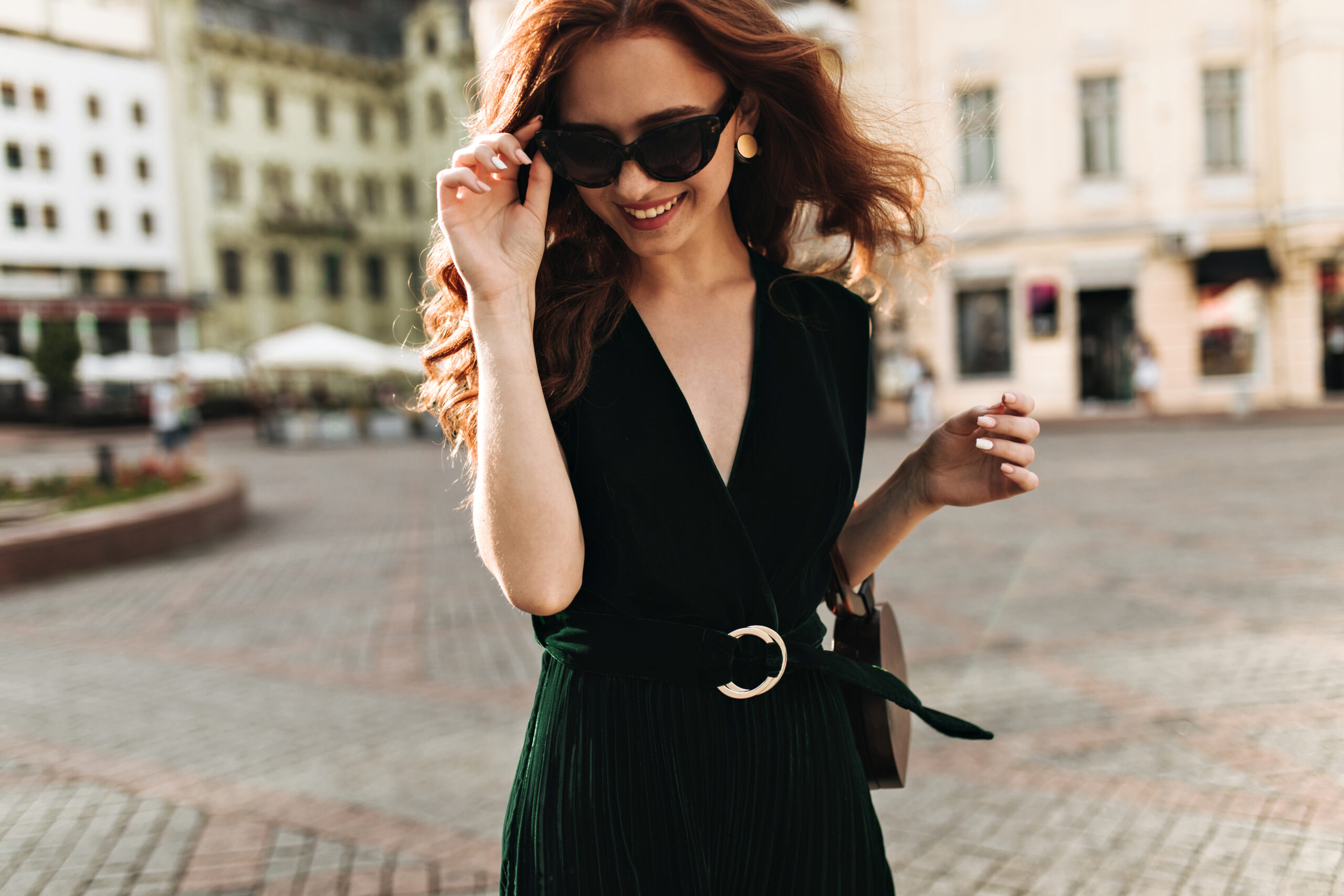Redefining Trendsetting and Consumer Engagement in the Digital Age




In the rapidly evolving fashion industry, influencers have emerged as key figures in shaping trends, promoting brands, and influencing consumer choices. These digital tastemakers have broken traditional barriers, reshaping how brands connect with audiences. Once on the periphery of fashion shows, influencers are now central figures representing premium, fast fashion, and even luxury labels. With substantial followings on platforms like Instagram, TikTok, and YouTube, they wield considerable power in the fashion world.
A key factor that sets influencers apart from traditional celebrities is their perceived authenticity. Unlike celebrities who often maintain a curated public image, influencers share personal stories, experiences, and unfiltered moments with their followers. This authenticity fosters a deep sense of connection, making their endorsements and fashion advice more relatable and trusted. Audiences highly value this authenticity, which enhances the effectiveness of influencer marketing campaigns within the fashion industry.
The direct and interactive nature of social media platforms allows influencers to engage with their audience in real time. According to a recent survey done in 2023, which included 24,000 respondents, Instagram was identified as the most effective platform for showcasing authentic fashion content that resonates with consumers. Influencers utilize features like comments, polls, and Q&A sessions to create a two-way dialogue, fostering a sense of community among their followers. This engagement not only strengthens the influencer’s connection with their audience but also significantly influences consumer purchasing decisions. Followers are more inclined to trust recommendations from influencers, whom they perceive as peers rather than distant celebrities.
In essence, fashion influencers have democratized trendsetting, transforming it from an exclusive domain of fashion elites to a more inclusive and dynamic process. Their influence extends beyond merely setting trends; they shape brand collaborations and consumer engagement, reflecting the diverse tastes of a global audience and continuously shaping the future of fashion.



